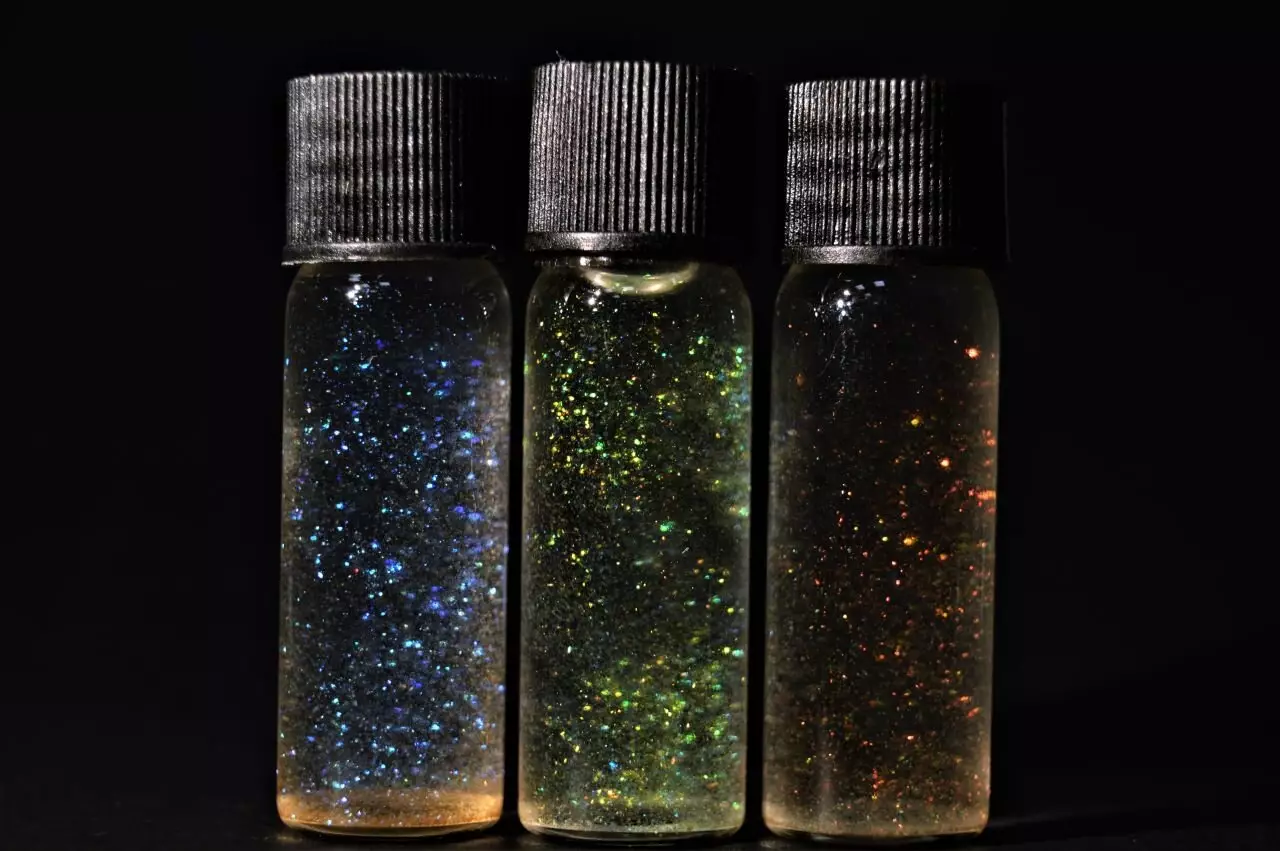Plastic pollution has emerged as a critical environmental challenge, recognized not just for its visual detritus but for its deeply concerning impacts on ecosystems and organisms alike. Each year, a staggering 368 million metric tons of plastic are generated globally, with over 13 million metric tons making their way into the soil. This chemistry of pollution is laden with potential toxicity, and researchers are increasingly alarmed, particularly by microplastics—tiny plastic particles measuring less than 5 mm—that result mostly from larger plastic items degrading in the environment.
The pervasive threat of microplastics extends beyond oceanic systems—a traditionally studied arena. These minute particles are regularly consumed by wildlife as they mistakenly perceive them to be food. The consequences are alarming: malnutrition, starvation, and even physical damage to the digestive systems of various organisms. While much research has concentrated on aquatic species, terrestrial species are not being studied at equivalent levels despite estimates indicating that four times more plastic is released onto land compared to the oceans annually.
Among the myriad sources of microplastic pollution, glitter emerges as an unexpected villain. Often used in cosmetics, clothing, and crafts, traditional glitter is primarily composed of polyethylene terephthalate (PET)—the same material used for drink containers. Often combined with aluminum or other metals for its shimmer, glitter embodies the persistence and problematic nature of microplastics because it is both ubiquitous and notoriously difficult to remove from environments. Many individuals might often overlook the amount of glitter that remains on the skin or transfers to fabrics, as it’s known for its tenacity to cling.
In a progressive move against pollution, the European Union enacted a ban on the sale of loose plastic glitter in 2023. The initiative aims to reduce harmful microplastic pollution by 30% by 2030. Unfortunately, despite this significant step in environmental policy, not all regions are taking similar actions. For instance, Australia has yet to introduce regulations targeting glitter, even though studies have discovered that up to 24% of microplastics in sewage sludge collected in New South Wales are glitter particles.
Once microplastics like glitter enter ecosystems, they can significantly complicate remediation efforts because of their small size and tendency to become almost invisible over time. Conventional glitter poses a challenge, but the emergence of biodegradable alternatives has introduced another level of complexity. Some biodegradable glitters might even be as harmful, if not more so, to aquatic organisms due to their coatings, which often involve additional plastic or aluminum layers.
To pinpoint the toxicological variances between conventional glitter and sustainable options, researchers at the University of Cambridge undertook a rigorous evaluation. They explored a sparkling alternative created from cellulose, a biodegradable material derived from glucose—this experiment highlighted an essential inquiry into the viability and safety of eco-friendly glitter marketing.
In their study, researchers opted to include a creature adept at measuring soil health—the springtail (Folsomia candida), a small, eyeless invertebrate renowned for its sensitivity to toxins. The research team exposed these springtails to varying concentrations of both conventional and cellulose-based glitters to scrutinize how these materials affected reproductive capabilities and overall health.
The results were illuminating, revealing that while conventional glitter significantly impeded reproduction rates (by 61% at concentrations mirroring environmental contamination levels), cellulose glitter did not exhibit similar toxic effects. This finding illuminates a potential pathway toward safer alternatives and underscores the risks posed by conventional glitter on soil-dwelling organisms, forming a connection to soil health dynamics particularly relevant in an ecological context.
The revelations from the research bring to light potential behavioral shifts amongst consumers. Glitter may be an iconic embellishment, yet its environmental footprint is harsh and multifaceted. The authors of the research suggest a paradigm shift in consumer habits—encouraging individuals to reconsider their use of traditional glitter products. In an era where sustainability is gaining ground, the emergence of eco-friendly alternatives represents not just innovation but a crucial opportunity to mitigate damage caused by established practices.
As society grapples with the ramifications of plastic pollution, imposing regulations and fostering consumer awareness can be pivotal components of the change that is desperately needed. With an urgent need for innovative solutions like cellulose glitter, we are prompted to evaluate not only our consumption but also the wider implications of seemingly innocuous materials. The fight against glitter-related microplastic pollution is only beginning, and it beckons collective action for a cleaner and more sustainable future.


Leave a Reply